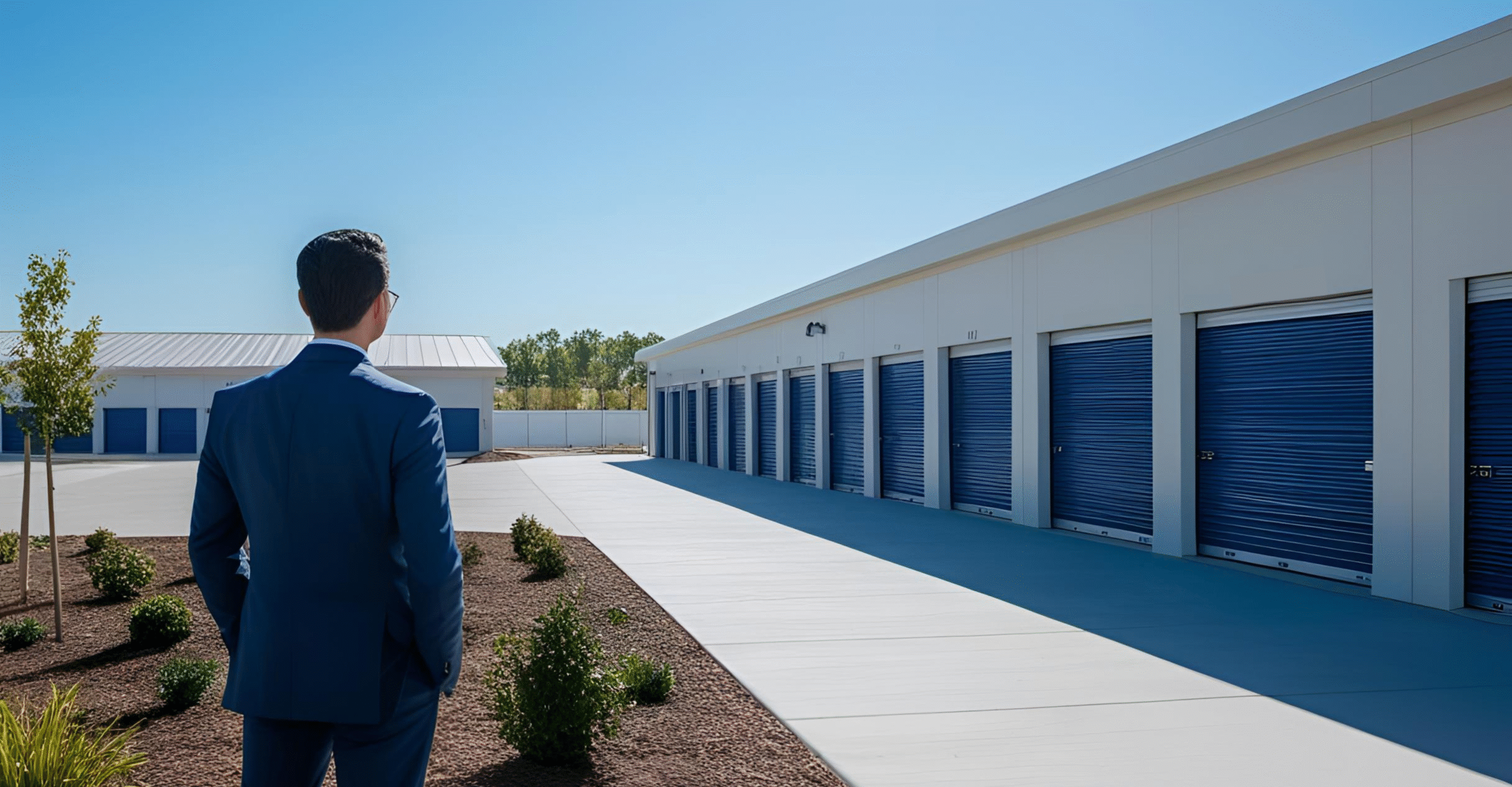Behind the Doors: What Makes a Great Self-Storage Deal?
A good self-storage deal is simple, boring, and wildly effective. That is not an insult; it is the highest praise. In a world full of overengineered investment products and overpromised returns, the best self-storage deals thrive on clarity and consistency. They are not built to dazzle; they are built to perform.
Self-storage is not the flashiest corner of commercial real estate, but that is exactly what makes it so compelling. Its resilience across market cycles and its low operating costs have earned it a place in many institutional portfolios. For individual accredited investors, it offers a rare combination of steady income, limited downside, and real asset backing. When structured correctly, even a single facility can produce attractive, long-term cash flow.
At StorageTrader, we review a wide range of self-storage offerings across the country. We see what captures investor attention, what earns second looks, and what falls flat. Over time, certain characteristics have consistently emerged in the deals that convert interest into commitments. In our experience, the strongest offerings tend to succeed for three reasons: location, lease-up performance, and the sponsor behind the project.
It always starts with location. That does not just mean an attractive city or a well-known market; it means a hyperlocal understanding of demand drivers. The most successful facilities are often positioned near apartments, military bases, colleges, or suburban areas with growing populations. Investors should pay close attention to how the deal describes the surrounding area and whether the sponsor has accounted for existing competition and potential oversupply.
Strong self-storage locations are defined by more than just demographics. It is important to evaluate how many other facilities are operating within a few miles and whether they are stabilized, under construction, or underperforming. A new facility may look great on paper, but if it is entering a saturated submarket, lease-up could be slow or rental rates could be pressured. Great deals show that the sponsor has done their homework and that the facility is positioned to compete.
Lease-up performance is another essential ingredient in a successful deal. Many self-storage offerings today involve ground-up developments, recently expanded facilities, or properties that have changed ownership. In all of these cases, investors are betting on the future occupancy and cash flow potential of the asset. The best listings are transparent about the lease-up timeline and support their projections with local market data.
It is not enough to say the facility will hit 90 percent occupancy in two years. Investors want to understand how that number was derived and what assumptions it depends on. Is the pricing strategy competitive with nearby facilities? Are marketing budgets in place to attract tenants? Are there seasonal factors that could affect absorption rates? These are the kinds of details that separate a professional projection from a wishful one.
The third piece, and arguably the most important, is the sponsor. Self-storage may be operationally simpler than multifamily or hospitality, but it still demands experience and execution. Great sponsors know how to manage expenses, implement dynamic pricing, and leverage technology for tenant acquisition and retention. They understand the operational nuance behind what might otherwise seem like a passive asset.
Reputation matters a great deal. Investors are putting their capital and trust in the hands of the sponsor, so they want transparency and a clear track record. A sponsor with successful exits, consistent reporting, and responsive communication will always stand out. When sponsors are clear about their experience, ownership structure, and alignment with investors, it becomes easier to build confidence in the deal.
We have also found that the presentation itself tells a story. Listings that are clean, well-organized, and thoughtfully presented signal that the sponsor is prepared and professional. A strong executive summary, compelling visuals, and clear timelines go a long way. These small details make a big difference when an investor is deciding where to place their attention and ultimately their capital.
At the end of the day, great self-storage deals do not rely on flash. They present a clear path to value, backed by data, local insight, and an experienced operator. These are the kinds of opportunities that resonate with long-term investors looking for real performance, not just a good pitch. They may not go viral, but they do go the distance.
If you are preparing to evaluate your next investment or preparing to raise capital for a facility of your own, start with the fundamentals. Focus on a compelling location, a clear lease-up story, and a sponsor team that inspires confidence. These are not just the building blocks of a good deal. They are what make it great.








